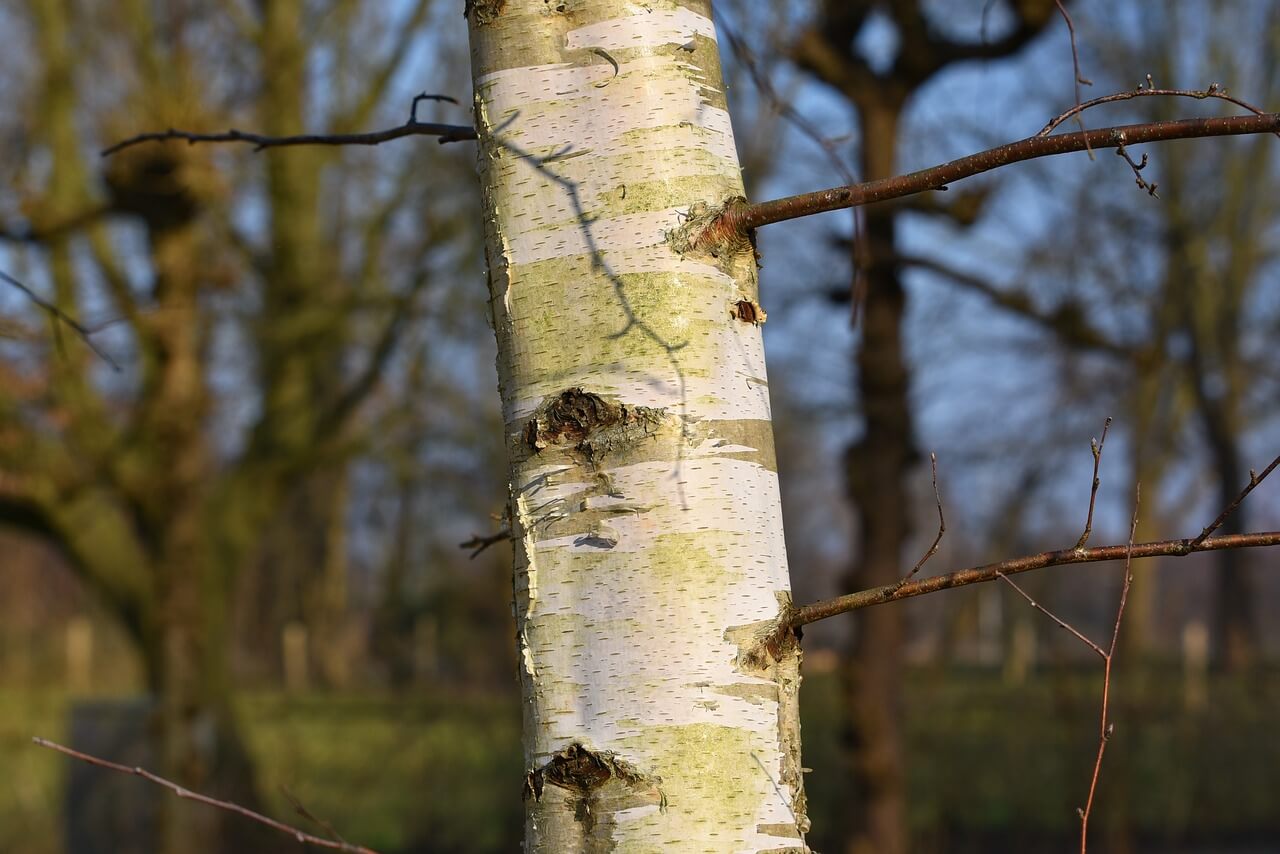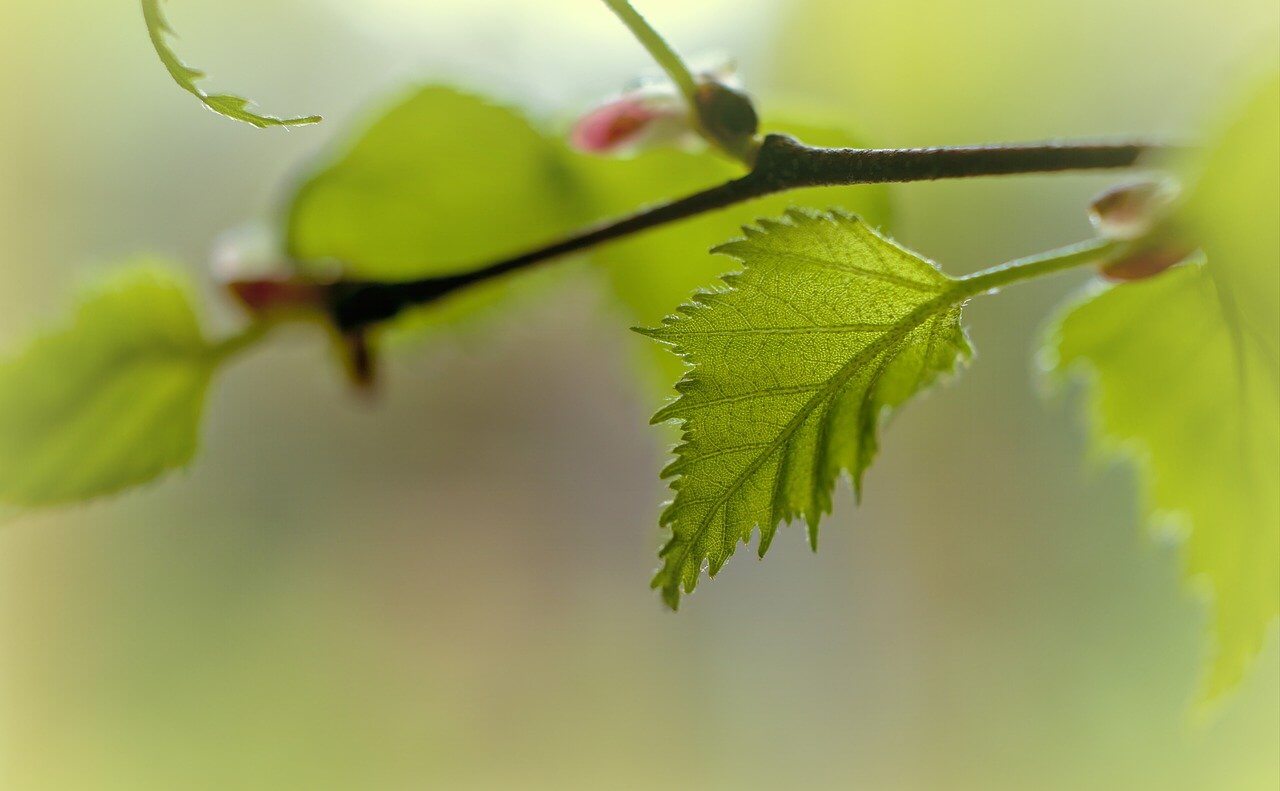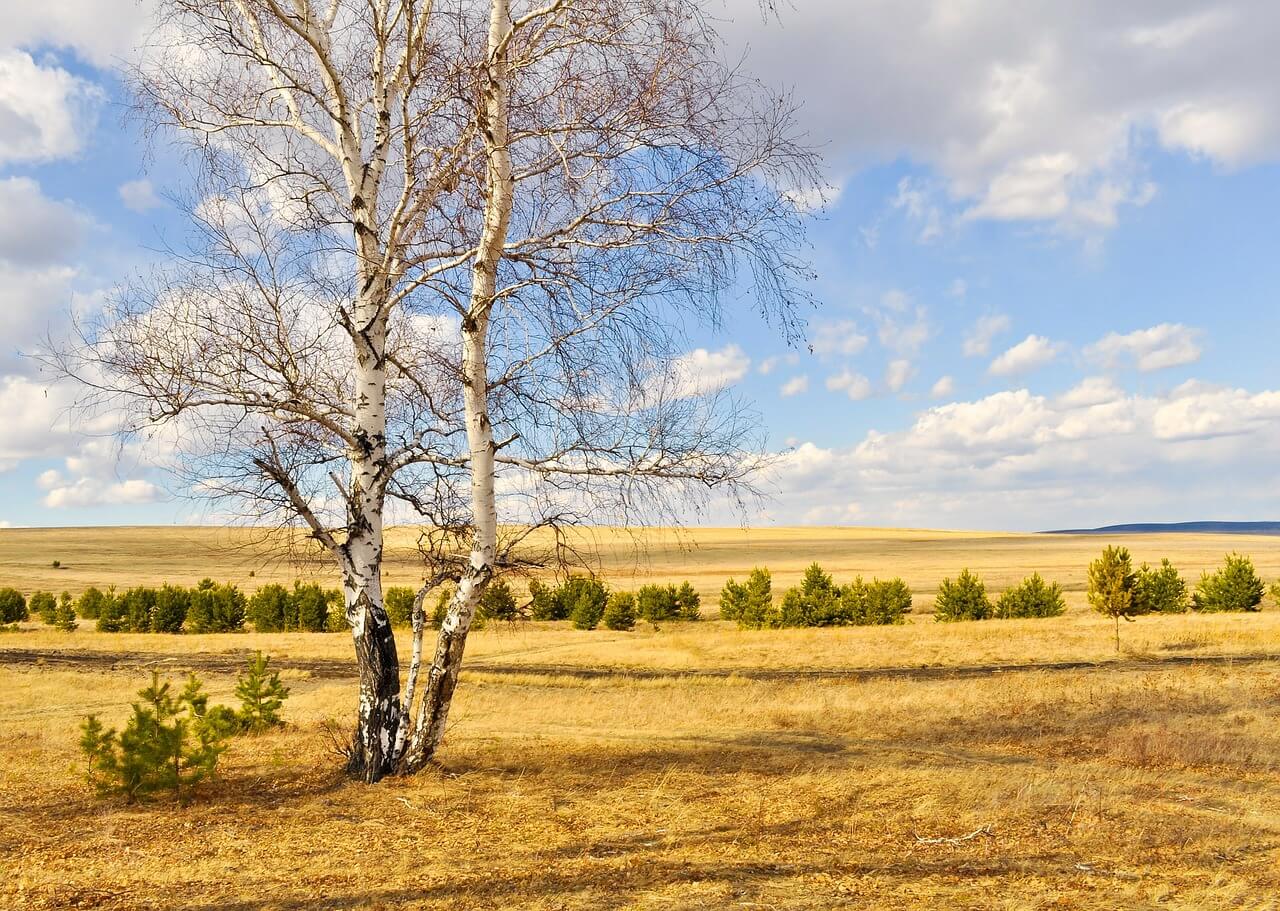The birch tree is a popular ornamental, but many homeowners and landscapers find that it is a difficult tree to grow. If you want to know how to grow a birch tree, keep reading! We’ll discuss everything you need to know about starting your own birch trees and helping them thrive. Ready to get started?
What You'll Learn Today
Are Birch Trees Easy to Grow?

People love birch trees for their white bark and fanciful green to yellow foliage. In fact, many homeowners try to grow them as ornamentals.
Unfortunately, birch trees are not the easiest trees to grow. People who start out so excited about their new tree may give up after a few years as the tree’s health declines and the tree eventually dies.
So, why exactly, are birch trees so difficult to grow? They can be challenging for a few reasons:
- They will die more easily than most trees: if you’re used to the hardiness of oak, walnut, and other common deciduous trees, you may be surprised how easily birch trees die. They simply aren’t as hardy as many other varieties of trees.
- They are region-specific: there are different species of birch, and each one requires slightly different growing conditions. For example, the European white birch requires milder winters and rainier summers than most other birch varieties.
- They need a unique mix of sun and shade: birch trees thrive in the sunshine, but their roots grow shallow and are prone to sun damage. For this reason, they do best growing where their foliage gets several hours of full sun, but their base and root system are shaded.
- They need plenty of moisture but well-draining soil: because of their shallow roots, birch trees need more water than many other trees. That said, they do best in loose soils that allow excess water to drain quickly.
Despite the quirks and challenges of birch trees, many varieties are surprisingly cold hardy, making them a good choice especially in cooler climates. Some birch species can withstand temperatures as low as negative 50 degrees Fahrenheit.
How Long Does it Take for a Birch Tree to Grow?
Birch trees may grow quickly at first, adding up to 15 feet in their first year. However, they are relatively slow-growing trees, as it takes them 40 to 50 years to reach full maturity.
Birch trees can live as long as 150 to 250 years, depending on species. On average though, they usually live to between 50 and 80 years in the wild.
Where Do Birch Trees Grow Best?
It depends somewhat on the species, but in general, birch trees grow best in cooler climates with a fair amount of sun, shade, and moisture. They are widely distributed throughout a range of habitats in the Northern Hemisphere.
How to Plant a Birch Tree?

Despite the challenges involved with growing and maintaining a healthy tree, the birch tree is a popular choice for gardening and landscaping. If you’d like to plant one of these beautiful trees in your yard, follow the steps below.
Select a Native Species
You can start a birch tree from seed, or you may be able to buy a potted sapling that you can simply transplant. Either way, it’s important to choose a species that grows in your area, or at least in your particular hardiness zone.
If you start your tree from seed, collect the seeds from a healthy tree that grows in your area. If you buy a potted sapling, try to find one at a local nursery rather than buying online.
You’ll have the best luck growing a healthy tree if you choose one that’s already well adapted to the specific climate of your region.
Start Your Seeds Indoors
If you bought a sapling at a nursery, skip down to the last step.
If you’re starting your tree from a seed, select a high-quality potting soil or seed starting mix. Fill your planter and thoroughly wet the mix so that water runs out of the drain holes.
Sprinkle the seeds on top of the soil and lightly cover them with a little more soil. Loosely cover the planter with a layer of plastic wrap; this will help to keep in the moisture.
Place the planter under a grow light or in a sunny place indoors. Make sure it is not under direct sunlight though, as the high heat could keep the seeds from sprouting.
Birch seeds sprout relatively quickly, usually within about 2 weeks.
Transplant Seedlings to Larger Pots
If your seeds sprouted on time, they should be ready to transplant about 8 weeks after sprouting. If not, it’s okay to give them a little more time.
Transplant your birch seedlings when they are about 4 to 5 inches tall and have at least 3 to 4 sets of leaves. Make sure each transplant pot is large enough to give the seedling room to grow.
Plant the seedling at the same depth in the new pot as it was growing in the original planter.
Plant Your Seedlings Outside
You may need to keep your seedlings indoors over the winter. Depending on how quickly your seedlings grow and how long you have to wait to plant them, you may have to transplant them into larger pots from time to time.
The best time to plant birch tree saplings outside is late spring through early summer.
Select a spot with well-draining soil and plenty of sunshine, but where your tree roots will be shaded during the hotter parts of the day. Dig a hole 2 to 3 times the width of the pot your sapling is currently growing in, and make sure it’s deep enough to allow for several inches of soil above the root ball.
Carefully remove the sapling from the pot and place the root ball in the hole. Fill the hole with the dirt you dug out mixed with a high-quality fertilizer.
When the hole is half filled, water the soil and fertilizer well. Continue with the rest of the dirt, adding more fertilizer if desired, and water again.
Keep the young tree well-watered throughout the summer and fall, especially during periods of drought or excessive heat.
Can I Grow a Birch Tree From a Cutting?

Believe it or not, it is possible to start new birch trees from pieces of young, tender growth harvested from a well-established tree.
To learn how to start a birch tree from a cutting, follow the steps below:
Collect Your Cuttings From a Healthy Tree
It’s important that the tree you choose is mature enough that it won’t be damaged when you remove pieces of its new growth. You’ll also want to make sure the tree is disease-free and doesn’t look too old or sick.
Remove 4- to 6-inch pieces of new growth during the spring or summer, when the tender green shoots are just beginning to harden.
Place these cuttings in a bag filled with damp peat moss or a jar of water. It is essential that you don’t let them dry out.
Set the Cuttings in a Starter Mix
Fill a planter with a starter mix or rooting medium. You can buy one prepackaged, or you can make your own using peat moss, vermiculite, pearlite, and sand.
Poke holes in the starter mix using a pencil or your finger. Coat the ends of your cuttings with a rooting hormone, then stick them in the holes and gently gather the dirt around them.
Make sure the stems are buried deep enough that the cuttings stand upright and are stable. Water the starting mix well.
If desired, place plastic over the planter and around the cuttings to help hold in the moisture. Otherwise, you’ll need to water everyday to keep the soil from drying out.
Place the planter in a sunny spot but out of direct sunlight.
Transplant The Cuttings into Potting Soil
Once each cutting has developed several roots of at least half an inch, they are ready for transplanting into individual pots.
Fill your pots with wet potting soil. Carefully remove your rooted cuttings from their original planter and place them in the potting soil, keeping them at the same depth as they were growing in the planter.
Place the pots in a sunny window and keep the soil damp.
Plant the Cuttings Outside
Plant the seedlings in their permanent home in spring or summer of the following year. Follow the steps outlined above for outdoor planting.
Check out the following video for a great visual on how to start birch trees from cuttings.
How to Grow and Maintain a Healthy Birch Tree?
According to the U.S. Forest Service, many birch trees planted as ornamentals die young, often before they’re 20 years old. Here are some things you can do to care for your birch tree and help to extend its life:
- Make sure it gets plenty of water: this can’t be overstated enough. Birch trees need a steady supply of water and well-draining soil so their roots can grow and expand.
- Treat for pests if necessary: the bronze birch borer is a common birch tree pest, as are aphids. If your tree looks sick or damaged, inspect it for signs of pests and treat it with the appropriate herbicide.
- Mulch the tree: a layer of wood chips or another type of mulch will help to insulate the tree’s roots. Make sure the mulch layer is about 3 inches from the trunk.
- Prune as needed: pruning should only be done in late winter or early spring, while the tree is dormant. Birch trees don’t need a lot of pruning, so only remove dead, damaged, or diseased branches.
- Fertilize as needed: a high-quality fertilizer can be very beneficial to your birch tree, but be careful not to overfeed it. There is no need to fertilize more than once or twice a year.
Conclusion
Birch trees can be a little challenging to grow, but if you follow the steps outlined above, you will find that these beautiful trees are definitely worth the effort!
Birch is definitely one of my favourite type of tree. I’ll buy some seeds when I have my own house with a big yard.